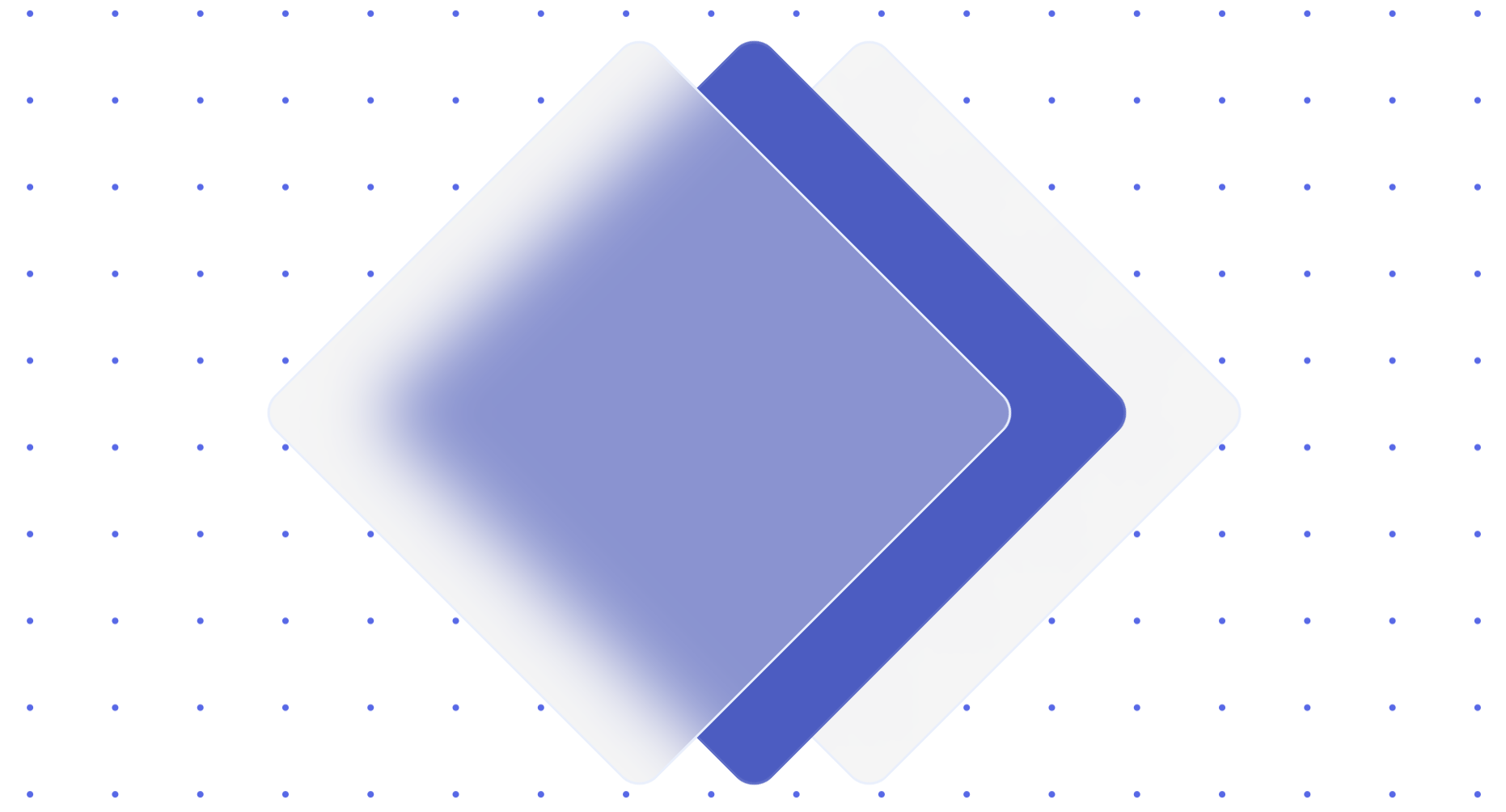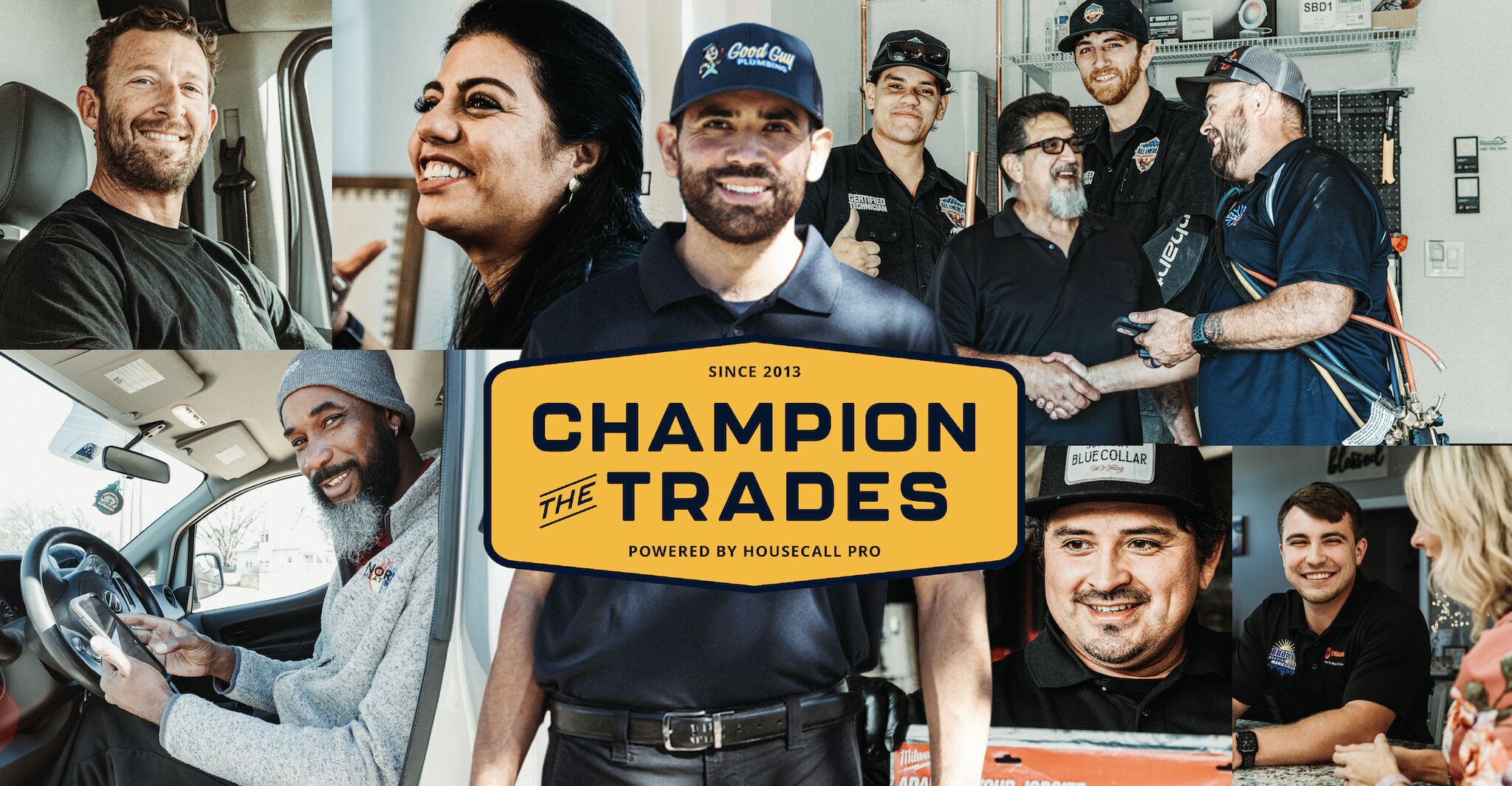In 2019, we met Zach Maurides, the founder and CEO of Teamworks, and two things were immediately apparent: 1) Zach has an incredible passion for the intersection of sports and technology (stemming from his experience playing football at Duke) and 2) there were strong parallels between Teamworks and Socrata, another Delta-v portfolio company.
As a D-I college athlete, Zach witnessed firsthand how slow elite sports organizations have been to adopt software that solve basic functions like communication, scheduling, and collaboration. For the average company in today’s business environment, the use of core productivity tools like Slack, Google Workspace, and Microsoft Office has been considered table stakes for decades. By contrast, in the world of elite sports, many organizations are still using archaic combination of bulletin boards, group texts, and paper forms to run their day-to-day operations. Zach set out to build Teamworks in 2006 to bridge this gap.
Pattern Recognition: Socrata & Teamworks
Teamworks, operating in the elite sports vertical, enjoys the same advantages that Socrata held in the government sector: strong gross retention, low customer acquisition costs, and overall capital efficiency. Socrata was a data platform that sold to mainly state and local governments. This vertical attracted limited investment activity for some of the same reasons we saw in sports: limited market opportunity and buyers that are historically slow adopters of new technology. Kevin Merritt, however, saw the opportunity to empower governments with better insights from their data and started building Socrata.
It certainly didn’t happen overnight, but Socrata ultimately became one of few startups to achieve meaningful scale in a market that is typically difficult to break into. With laser focus on a single customer persona, the best vertical SaaS companies can tailor their products to their specific buyers’ pain points. For Teamworks, this product specialization has led to extremely high customer satisfaction, demonstrating some of the strongest gross retention metrics we’ve ever seen for a B2B SaaS business.
Tradeoffs: Horizontal vs. Vertical Strategies
If a horizontal software company took this same approach of deep specialization to each customer’s needs, it would require time-consuming and costly customizations for each customer. The beauty of vertical SaaS is how similar the customer base is. If one Teamworks customer needs a certain feature, it is highly likely that most other Teamworks’ customers will benefit from the same feature. Product roadmap requests from customers become features, not one-off customizations, strengthening product market fit across the customer base.
By focusing on a single market and buyer persona, vertical SaaS companies often enjoy significantly lower customer acquisition costs than their horizontal counterparts. The buyers (for Teamworks, buyers are typically Directors of Operations) frequently discuss industry best practices with peers, driving strong, reference-based sales activity. Additionally, by focusing on a smaller set of prospects, vertical SaaS companies can concentrate their marketing efforts on a narrower target audience.
What’s the catch? Why doesn’t every SaaS business employ a vertical strategy? The most common reason is that venture investors follow some version of the “Power Law”, attempting to ensure that every investment has the opportunity to deliver an outsized return for the overall fund. Investors tend to gravitate towards companies with large total addressable markets (TAMs), where the rewards for success will be a multi-billion-dollar exit. By choosing a vertical focus, a startup is, by definition, sacrificing the “right tail” of largest outcomes for the business.
Implementing Strategic M&A in Vertical Saas
The best vertical SaaS companies, however, mitigate this with a relentless focus on delivering more value to their customers and in turn earning more revenue from each account. Even if the number of customers in a certain vertical is limited, vertical SaaS companies can grow by expanding the products they offer those customers. This is precisely what we’ve watched Zach and Teamworks do over the last 2.5 years.
When Delta-v led the Series C for Teamworks in early 2020, a key use of proceeds from the round was funding the acquisition of INFLCR. INFLCR was a small business at the time but was of major strategic value, extending Teamworks’ product portfolio into a high-growth area of spend for its customers, NIL (name, image, and likeness). The INFLCR acquisition has outperformed our underwriting and is now a significant revenue driver for the Teamworks platform. Teamworks executed a similar acquisition in 2021, acquiring Notemeal, a product in the sports nutrition category that further expanded Teamworks’s TAM.
Building on the success of these two product-focused acquisitions, Delta-v partnered with Teamworks to lead a $50M Series D in early 2022 to double down on M&A. Teamworks’ approach to M&A is one that prioritizes partnerships with the best product in a given category, focusing less on revenue or customer-based acquisitions. As part of this approach, Teamworks completed 6 additional market-leading acquisitions since the Series D investment, all in targeted categories that meaningfully support the athlete ecosystem:
- Whistle Recruiting & RecruitSuite (Recruiting)
- NextPlay & Grafted (Alumni engagement)
- Retain (Collegiate academics and athlete development)
- Smartabase (Performance optimization)
With the addition of these recent acquisitions, Teamworks has expanded their core product offerings from one to nine, tripling their TAM to a greater than $1 billion opportunity, and optimizing the platform to officially become The Operating System for Sports™.
While a vertical approach is not right for every SaaS company, the best vertical SaaS companies that truly serve their customers will earn the right to be longstanding platforms, adding product capabilities over time.
Are you building a vertical SaaS platform? If you are, we’d love to connect.
Connor Heard || connor@deltavcapital.com || LinkedIn


